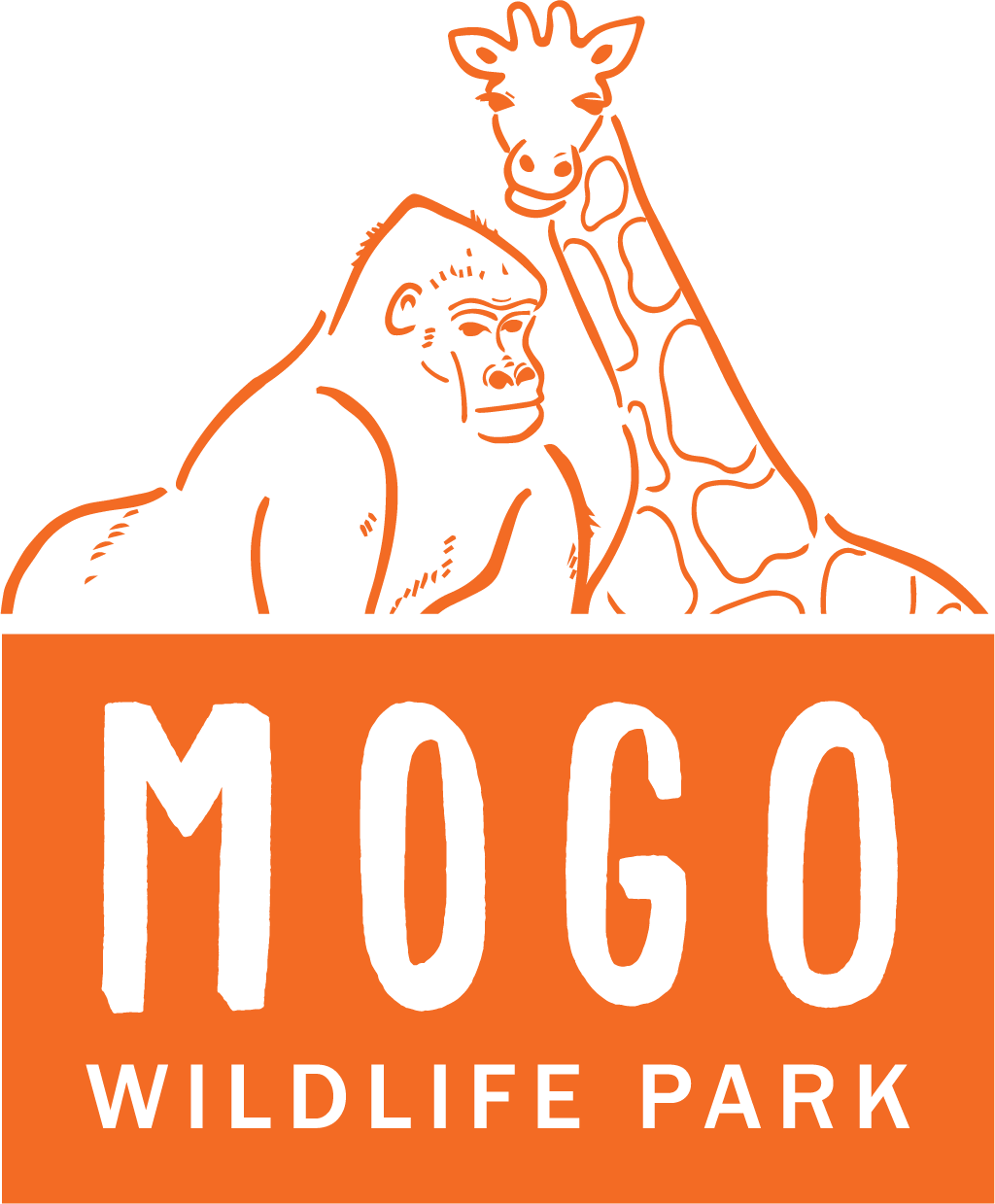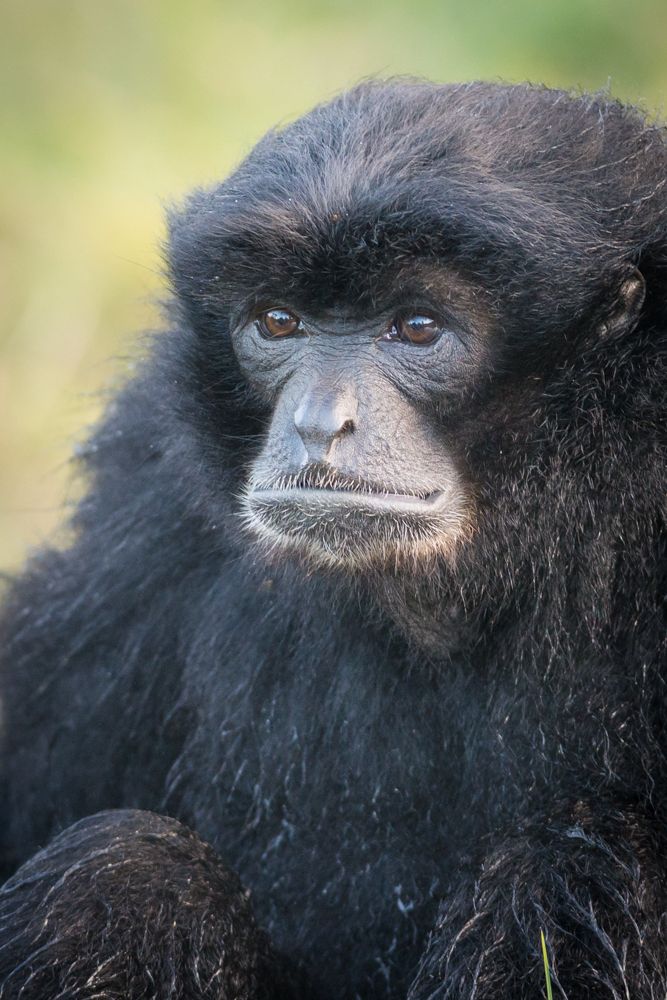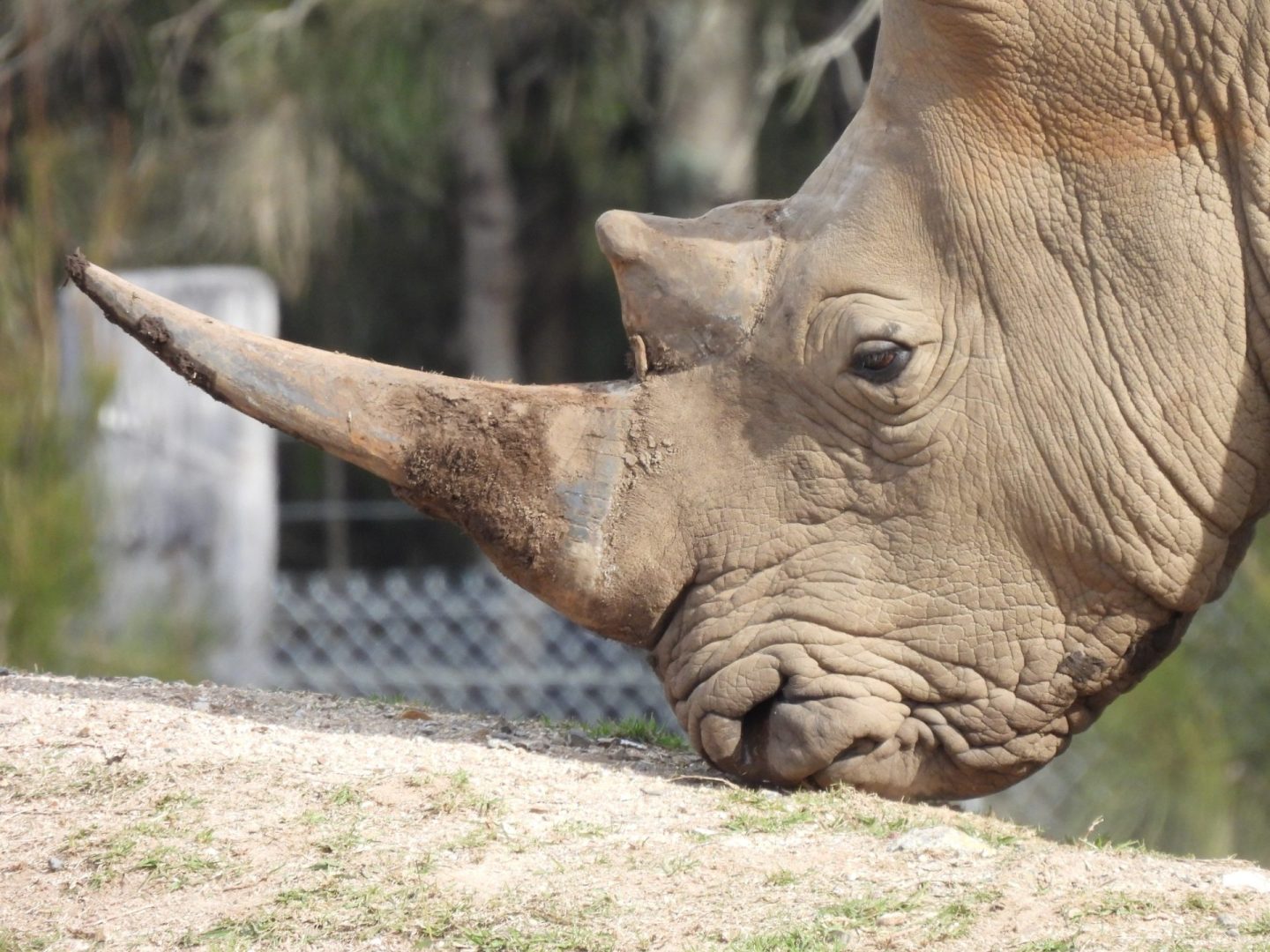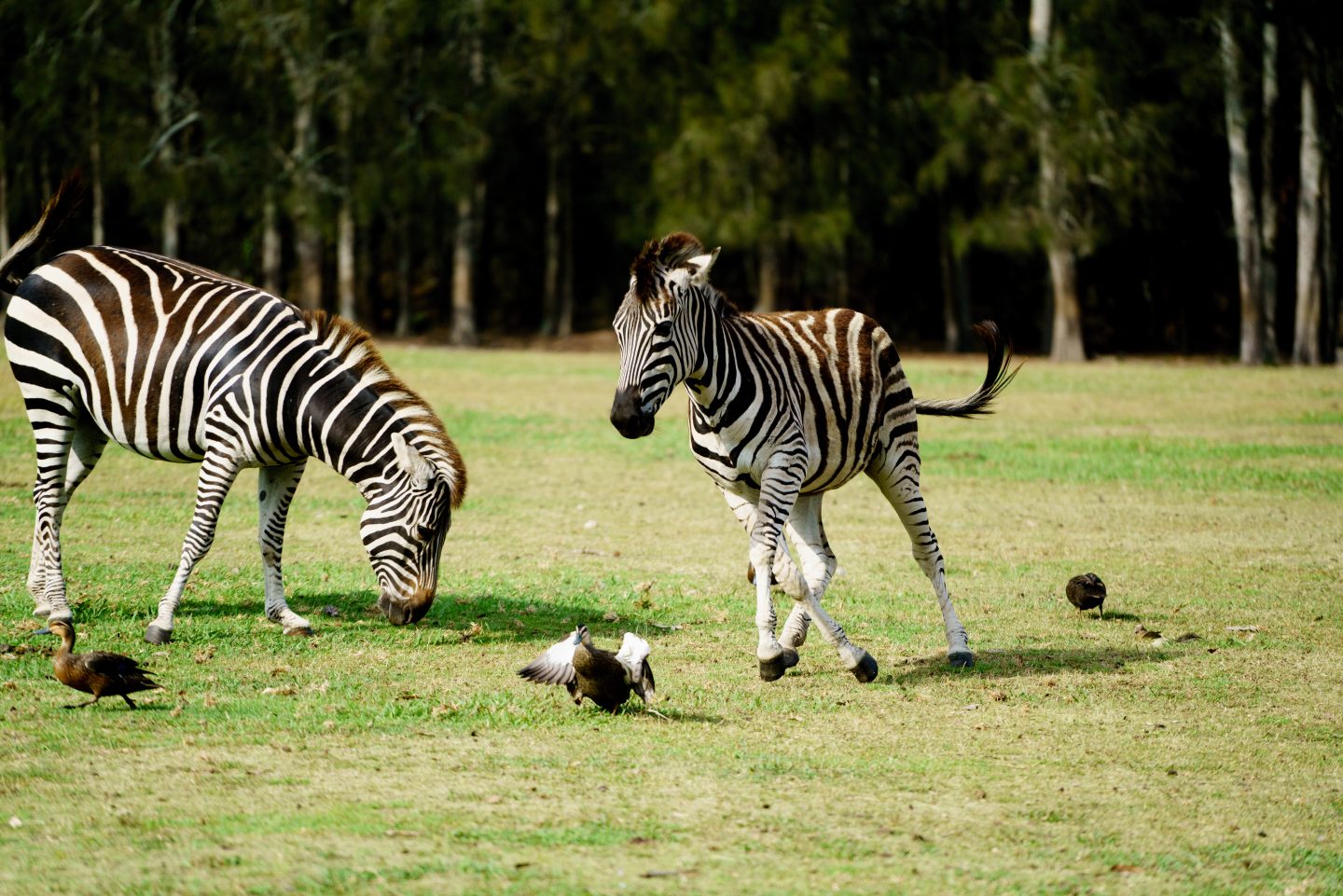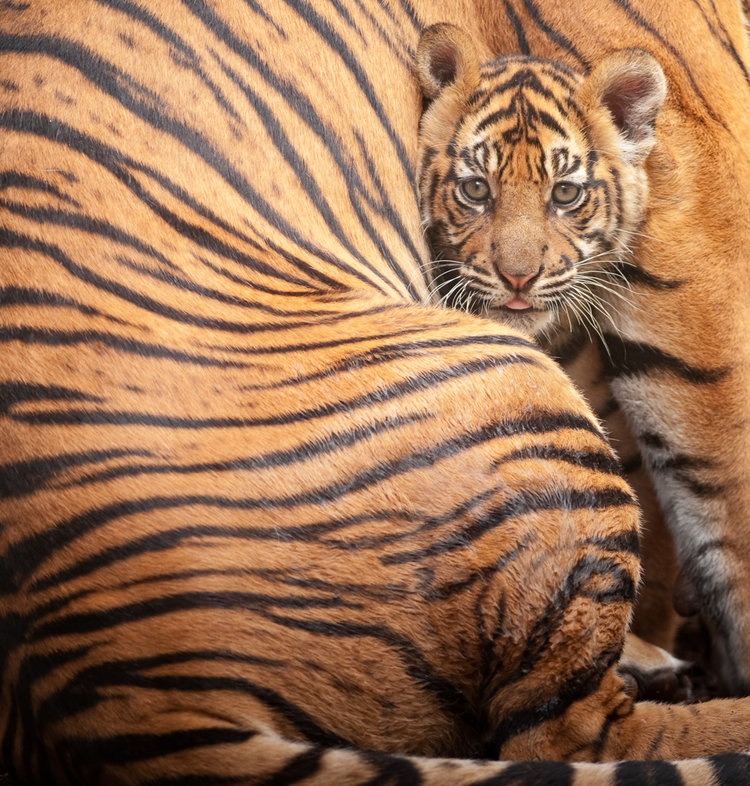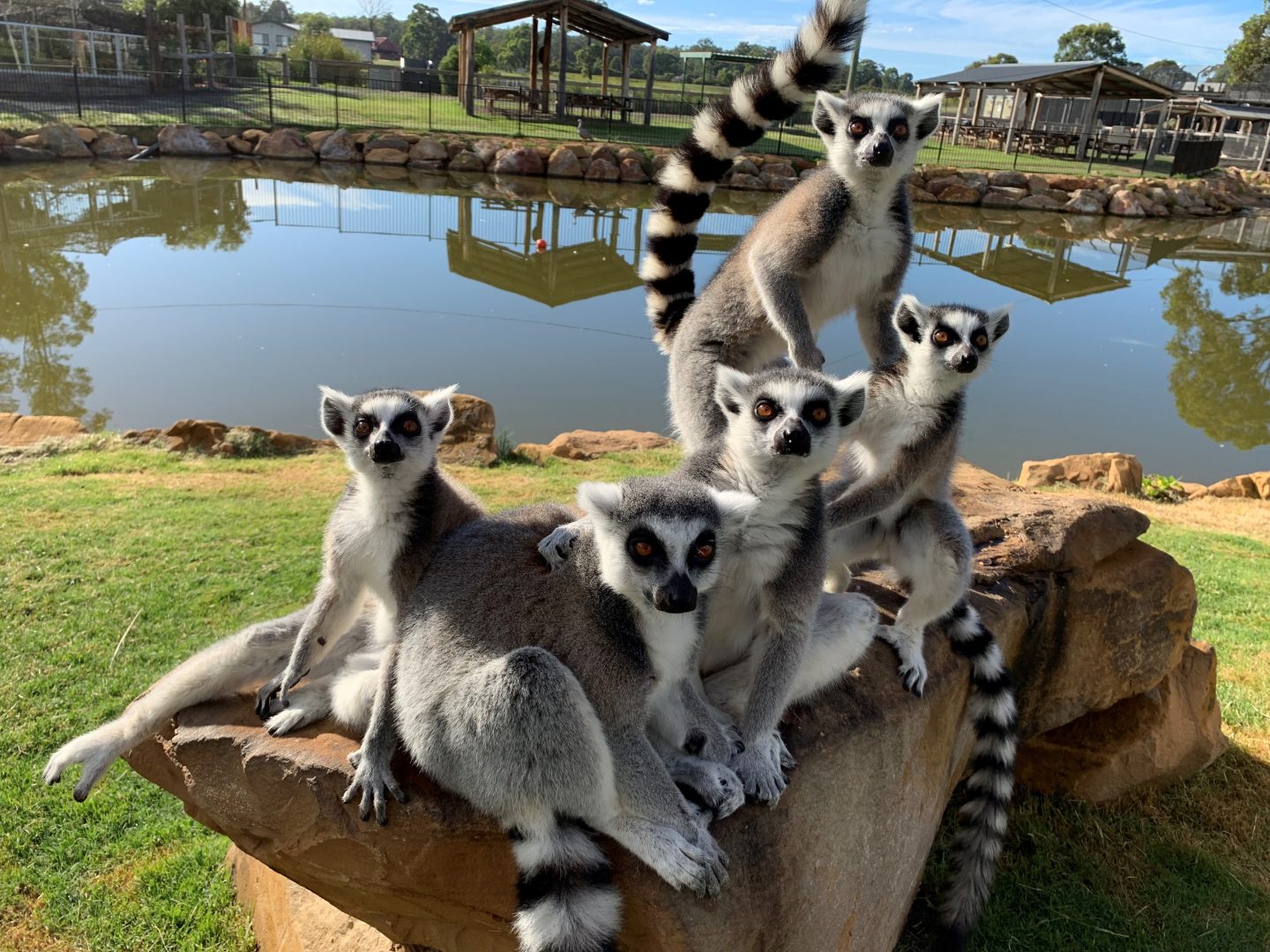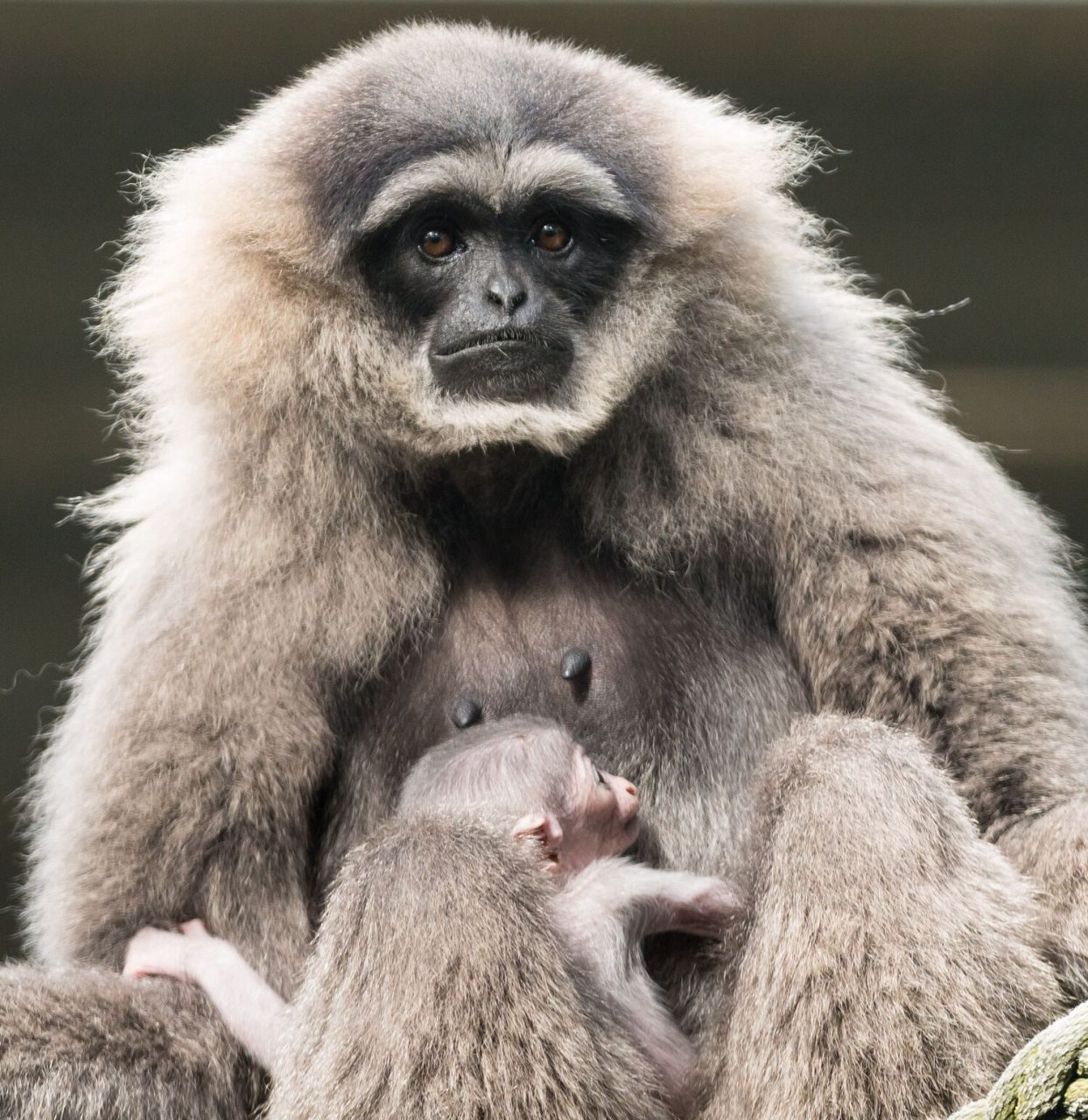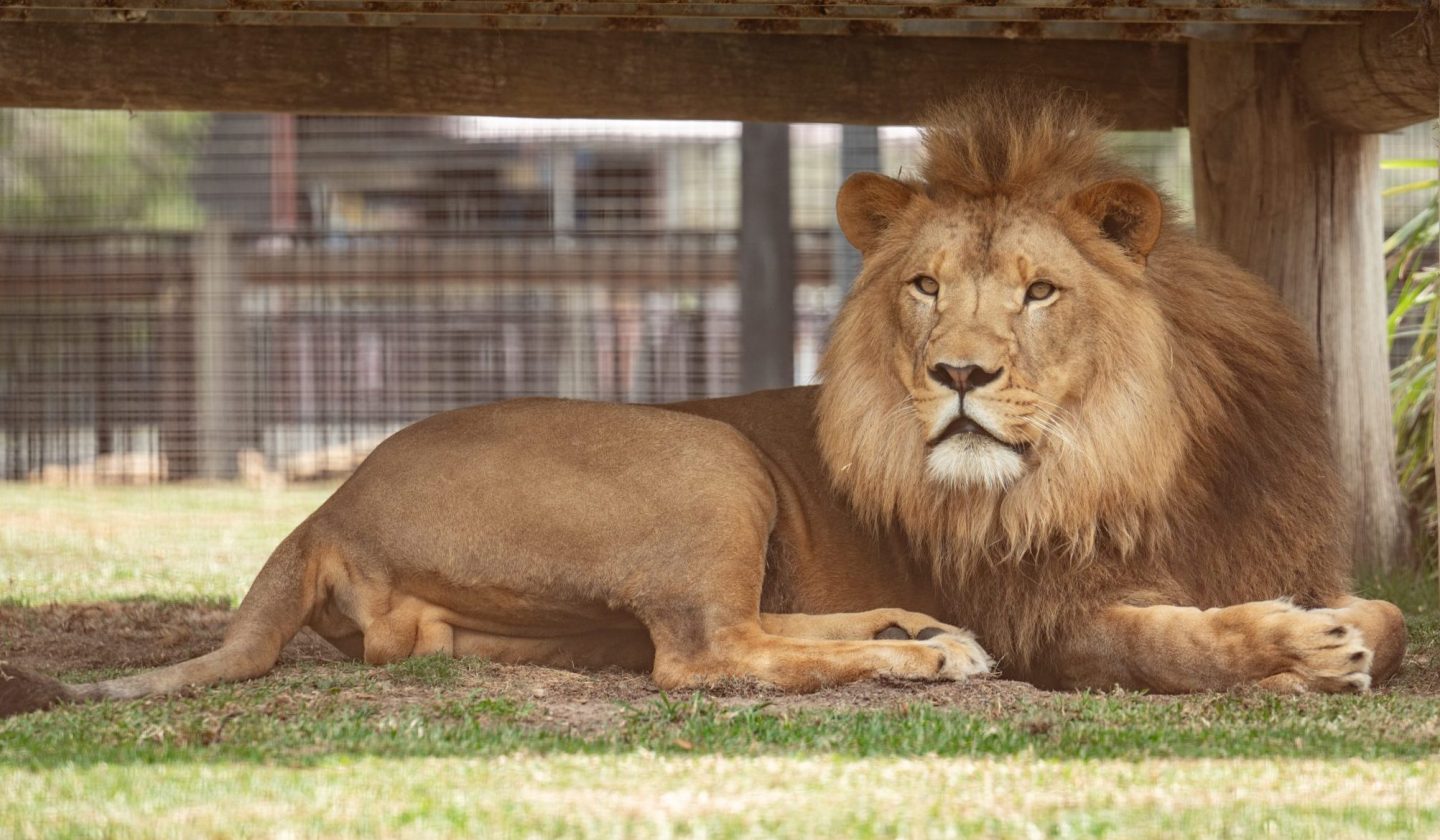TIGER (SUMATRAN TIGER)
SPECIES: Panthera tigris sumatrae



The smallest of the Surviving Tiger subspecies, the Sumatran Tiger's Coat is orange and black striped with a whitish underside and white beard. They have whiskers, long ears, and are small with dark 'predator spots'.
Sumatran tigers are territorial; living in home ranges in which they maintain several dens. They hunt at night as they are nocturnal animals.
Quick Facts
Number of offspring: 2 - 4 cubs every 3 - 4 years
Gestation: 90 - 110 days
Maturity: 3 - 4 years
Lifespan: 10 - 20 years
Predators: No true natural predators
Diet
Tigers Carnivorous; eating fish, crocodile, pig, deer, fowl
Breeding and Social Structure
Females come into estrus every 3-9 weeks and mating can occur year round with no specific breeding season.
Cubs are helpless at birth and eyes do not open for 1-2 weeks. Females nurse and care for dependent young until they can hunt for themselves at 18-36 months.
Tiger Social structures
Solitary; males control a territory with a number of females. Females can often be seen with their most recent offspring for up to 3 years.
If you'd like to get up close to a Tiger, Mogo Wildlife Park has a Tiger encounter available.
ANIMAL FACTS
TIGER (SUMATRAN TIGER)
Habitat
You'll find Tigers living in a wide variety of habitats; tropical lowland evergreen forest, mountain forest, woodlands, tall grass jungle to dry thorn forest. Tigers cope with a broad range of climatic variation but prefer to hunt in dense vegetation.

Did You Know?
Sumatran Tigers have webbing on their feet, between their paws making them strong swimmers.
MEET OUR
ANIMAL FAMILY

stay in touch with Your Australian wildlife parks family
Stay up-to-date and subscribe to our newsletters
Your information is only utilised by Australian Wildlife Parks. For more information see our privacy policy.
MOGO Wildlife Park acknowledges Aboriginal people as the traditional custodians of the land on which our offices and operations are located, and we pay our respects to Elders past, pres ent and future.
© 2019-2024 Australian Wildlife Parks • Privacy Policy • Disclaimer
